Top 10 Storytelling Techniques To Captivate Audience
1. Conflict
Introduce challenges or obstacles in your story to create tension and keep your audience engaged, compelling them to follow the narrative to its resolution.
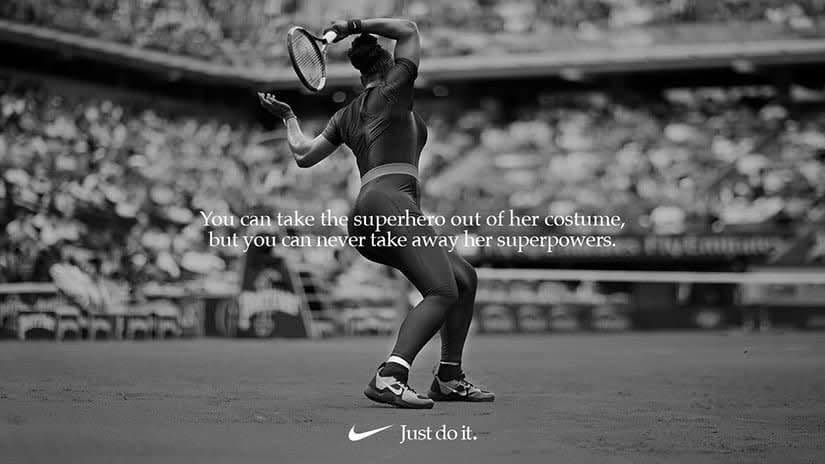
Brand Example: Nike’s “Just Do It” campaign often features stories of athletes overcoming challenges and obstacles to achieve their goals, creating tension and inspiring viewers to push through adversity.
2. Know your audience
Understand the demographics, interests, and preferences of your audience to tailor your story effectively and ensure it resonates with them on a personal level.

Brand Example: Spotify uses data analytics to understand the music preferences of its users and curates personalized playlists and recommendations, ensuring that the content resonates with each individual listener.
3. Be authentic
Share genuine and relatable stories that reflect your values, experiences, and perspectives, fostering a deep emotional connection with your audience.

Brand Example: Dove’s “Real Beauty” campaign showcases real women with diverse body types and celebrates natural beauty, promoting authenticity and inclusivity in its messaging.
4. Choose your story medium
Select the most suitable medium, whether it’s written, visual, or auditory, to convey your story in a way that maximizes its impact and engagement.
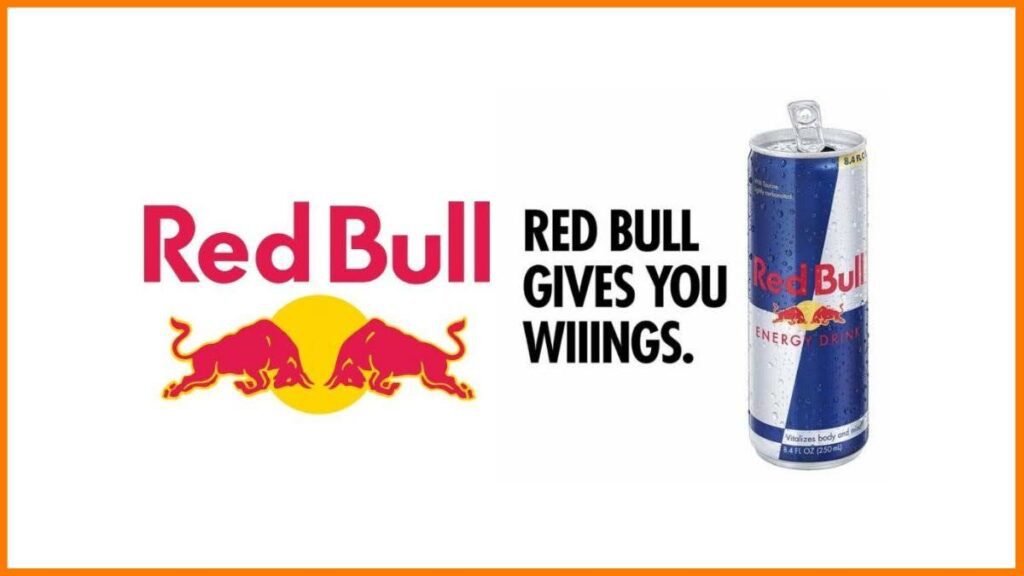
Brand Example: Red Bull utilizes a variety of mediums, including videos, events, and social media, to tell stories of extreme sports and adventure, maximizing engagement and impact across different platforms.
5. Share your story
Openly and passionately share your story, infusing it with sincerity and authenticity to captivate your audience and establish a meaningful connection.

Brand Example: Airbnb’s “Stories from the Community” features personal stories and experiences shared by hosts and guests, creating a sense of connection and community among its users.
6. Utilize visual elements
Enhance your storytelling with visual elements such as imagery, videos, or graphics, which can add depth, emotion, and visual interest to your narrative.

Brand Example: Coca-Cola’s holiday campaigns often include visually stunning advertisements featuring festive imagery and heartwarming narratives, evoking emotions and capturing viewers’ attention.
7. Tell a personal story
Share personal anecdotes or experiences that provide insight into your journey, allowing your audience to connect with you on a deeper level.

Brand Example: Patagonia’s “Worn Wear” initiative shares stories of customers and their well-loved outdoor gear, highlighting the brand’s commitment to sustainability and longevity.
8. Appeal to their senses
Engage your audience’s senses by incorporating vivid descriptions, sounds, and sensory details into your storytelling, creating a multi-dimensional and immersive experience.

Brand Example: Starbucks uses aromatic coffee imagery and sounds of coffee brewing in its advertisements, appealing to the senses and creating a sensory experience for viewers.
9. Suspense
Create suspense by strategically withholding information or introducing unexpected twists and turns, keeping your audience intrigued and eager to uncover the story’s outcome.
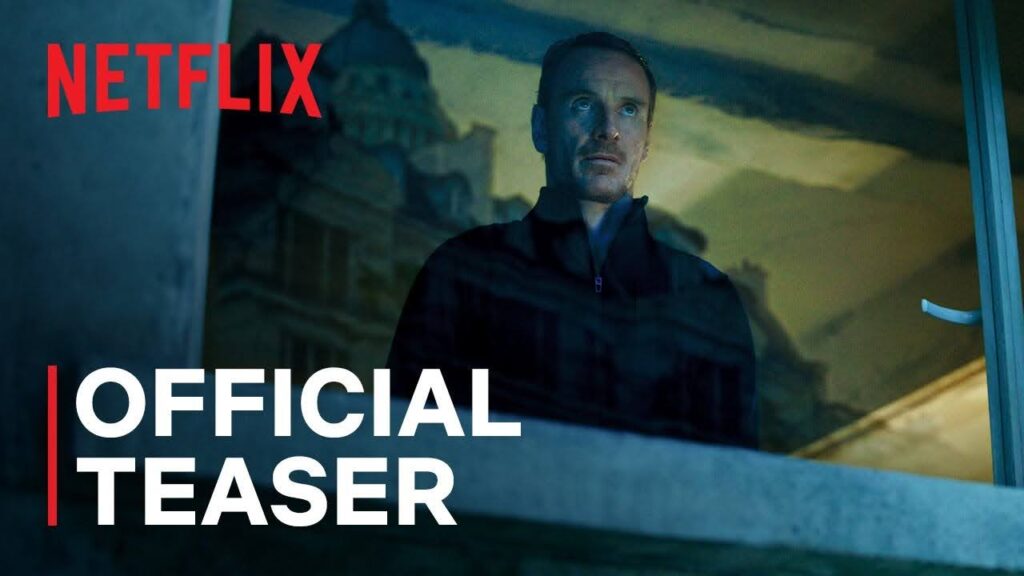
Brand Example: Netflix’s teaser trailers for upcoming series or movies often contain mysterious and intriguing snippets, generating anticipation and keeping viewers eagerly awaiting the release.
10. Follow a clear structure
Craft your story with a clear beginning, middle, and end, following a structured narrative arc that guides your audience through the journey and maintains coherence and engagement.
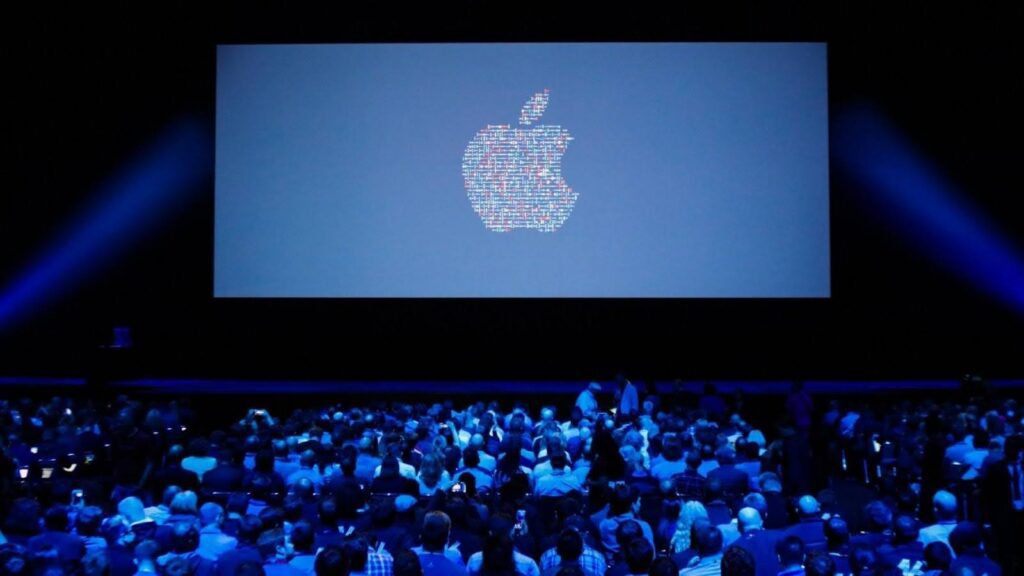
Brand Example: Apple’s product launch events follow a clear narrative structure, starting with anticipation-building teasers, unveiling new features and products, and ending with a memorable conclusion, ensuring coherence and engagement throughout the presentation.
Importance of Storytelling in Advertising
Storytelling in advertising is crucial as it enables brands to captivate and emotionally connect with their audience. By weaving narratives that resonate with consumers, advertisers can create memorable experiences that cut through the clutter of traditional advertising. Through storytelling, brands can communicate their values, establish their identity, and differentiate themselves from competitors. Compelling stories engage audiences, drive consumer behavior, foster brand loyalty, and ultimately, lead to increased brand awareness, brand reputation and success in the market.
Example of Advertisement that Used Storytelling Techniques
The Snickers “You’re Not You When You’re Hungry” campaign uses two key storytelling techniques:
Humor: The campaign relies on funny situations to grab attention and make the ads memorable. They often feature characters acting out of character or in ridiculous ways due to hunger. Laughter creates a positive association with the brand.
Relatable Characters: The characters in the ads are everyday people put in relatable situations. Viewers can easily see themselves in the hangry (hungry + angry) characters, making the scenarios feel familiar and engaging. This builds empathy and reinforces the idea that hunger can negatively affect anyone.
By combining humor with relatable characters, the campaign creates a fun and memorable way to communicate the message that Snickers can satisfy hunger and bring people back to their normal selves.
FAQs Related to Storytelling Techniques
What is storytelling advertisement?
Storytelling advertisement is a marketing approach where brands use narrative techniques to convey their message to the audience. Instead of simply listing product features, storytelling advertisements tell a story that engages, entertains, and emotionally connects with consumers.
Why is storytelling used in advertising?
Storytelling is used in advertising because it helps brands stand out in a crowded marketplace by creating memorable and impactful experiences for consumers. It allows brands to communicate their values, establish emotional connections with their audience, and differentiate themselves from competitors.
Why is storytelling important in ads?
Storytelling is important in ads because it captures and maintains audience attention, evokes emotions, builds brand identity, fosters brand loyalty, drives consumer behavior, and helps brands connect with consumers on a deeper level, ultimately leading to increased brand awareness and success.
How do brands use storytelling?
Brands use storytelling by crafting narratives that resonate with their target audience, align with their brand values, and convey their marketing message effectively. They utilize various storytelling techniques such as emotional appeal, character development, conflict and resolution, and visual storytelling to engage consumers and create memorable advertising experiences.

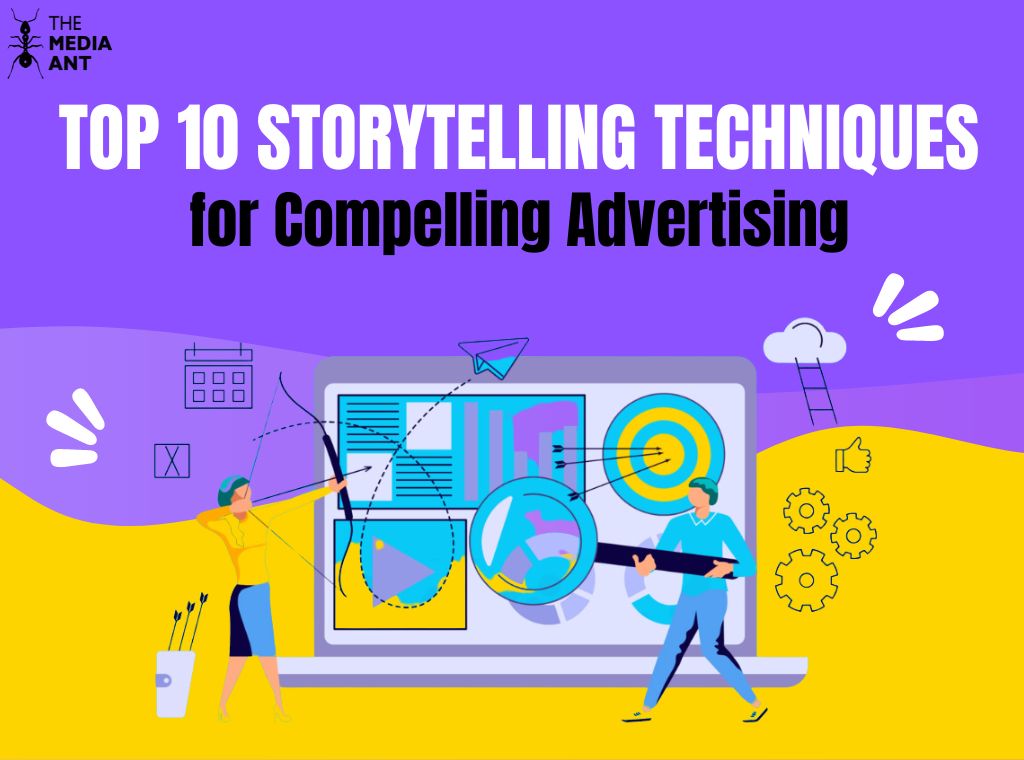

![Big Boss Trp - Updated 2024 [Ongoing Languages] 23 Big Boss Trp](https://www.themediaant.com/blog/wp-content/uploads/2024/11/big-boss-trp-460x300.jpg)
![How Much Does Google Ads Cost [2024 Update] 24 How Much Does Google Ads Cost](https://www.themediaant.com/blog/wp-content/uploads/2024/11/how-much-does-google-ads-cost-460x300.jpg)
